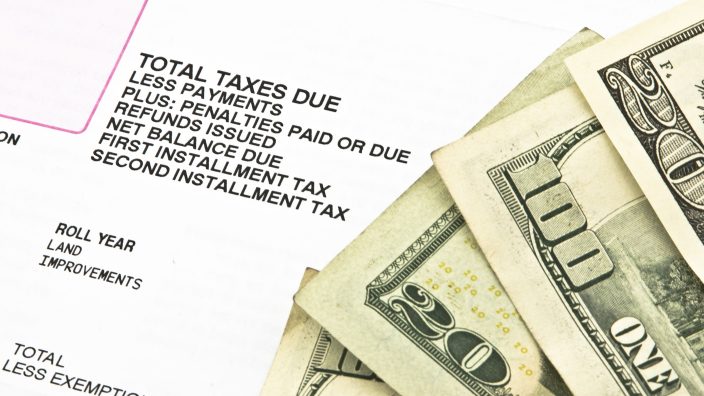Athens-Meigs County Farm Bureau hosts Property Tax Meeting
Farm Bureau members learned about property taxes and property tax proposals from the Athens County and Meigs County auditors. Leah Curtis, with Ohio Farm Bureau, spoke about CAUV.
Read MoreIt is helpful to have your property tax bill handy for this explanation of general property tax information and how it relates to CAUV.
Your property tax information will typically show several different types of values:
The Tax Reduction Factor that you see on your tax bill is the amount that the taxes must be reduced to comply with HB 920:
Your tax bill will typically show two tax rates:
There are typically two additional credits on your tax bill:
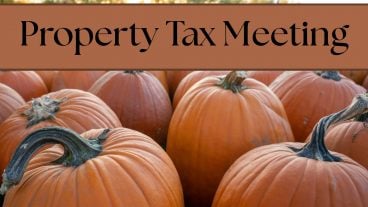
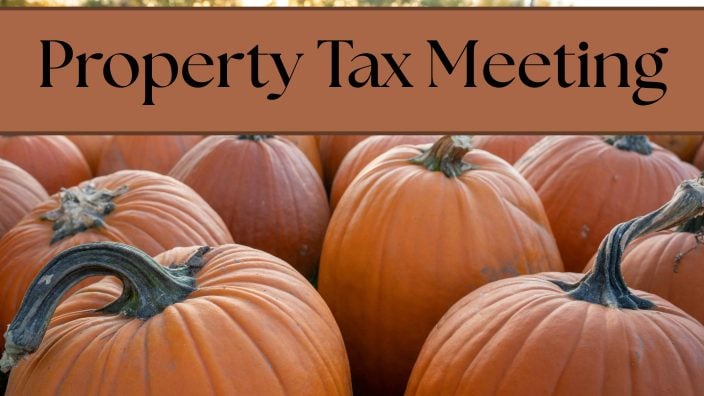
Farm Bureau members learned about property taxes and property tax proposals from the Athens County and Meigs County auditors. Leah Curtis, with Ohio Farm Bureau, spoke about CAUV.
Read More

OFBF annual meeting delegates will discuss how or if current Farm Bureau policy should be modified in light of various property tax proposals.
Read More
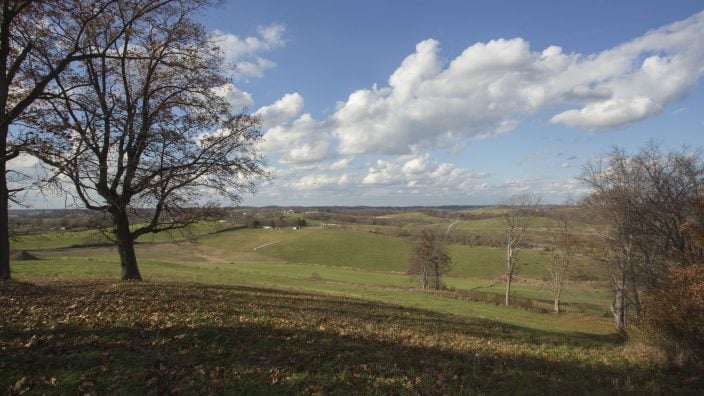
Statewide, property taxes annually collect approximately $22 billion. Approximately ⅗ of property taxes are used to fund schools, while the remainder funds other local entities.
Read More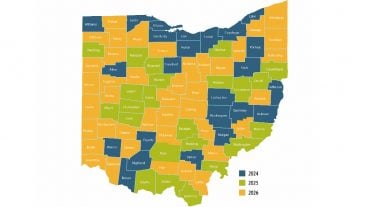
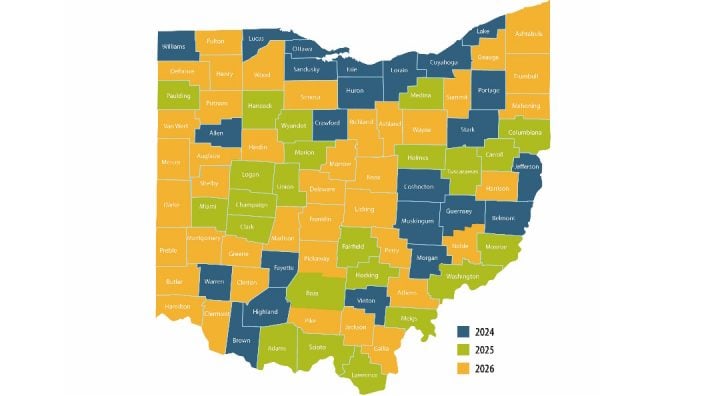
This will apply to the 23 counties on the revaluation cycle in 2025, who will see updated values and tax bills in January 2026.
Read More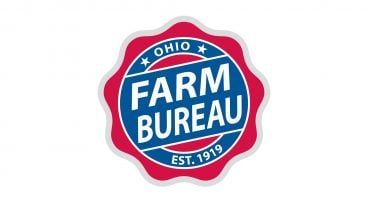
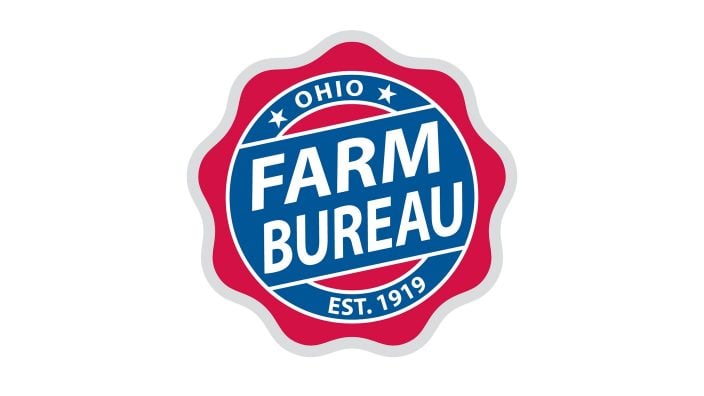
‘We never stop pushing to ensure farmland taxation is fair and reflects the realities of agriculture.’ ~ Mandy Orahood
Read More

In this recording, learn about the recent increases in Ohio CAUV values, gather information to help you understand the property tax system, and get an update on legislative action.
Read More

Join Ohio Farm Bureau for a free webinar Feb. 11 to discuss the recent increases in CAUV values, Registration is required.
Read More

Join us Jan. 30 for a CAUV Overview Meeting at Lorain County Community College.
Read More

Ohio Farm Bureau is continuing to work multiple channels to address concerns around CAUV – particularly the issue of values spiking significantly.
Read More

An upward trend in CAUV values and significant increases in soil values for 2024 apply only to counties that are being reappraised or updated in 2024.
Read More